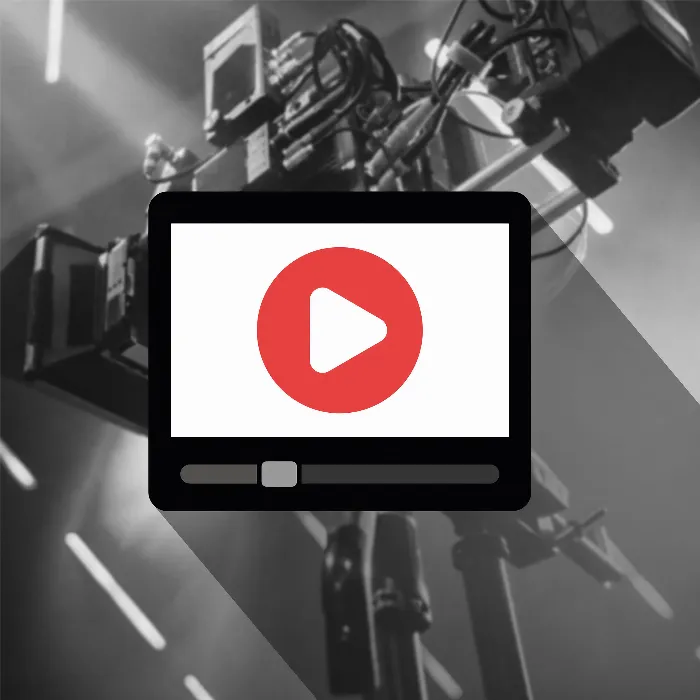In the field of videography, sound is often more crucial than the image. Viewers can forgive a bad picture, but not bad audio. A clear, clean audio recording is essential for holding the audience's attention. There are many types of microphonessuitable for different applications. You might be wondering which microphone is best for your project. In this guide, I will show you the different types of microphones along with their advantages and disadvantages.
Main Insights
- A good microphone is crucial for high-quality videos.
- There are various types of microphones, each with specific applications.
- The price of microphones varies greatly depending on type and quality.
Step-by-Step Guide
1. Use Your Smartphone as a Microphone
Start with one of the simplest and most cost-effective solutions: your smartphone. You can use a free app to record sound or purchase an affordable app for 2-3 euros that allows you to adjust the audio level more precisely and record in an uncompressed format. Hold the microphone in your hand or attach it to your clothing to improve the recording quality.
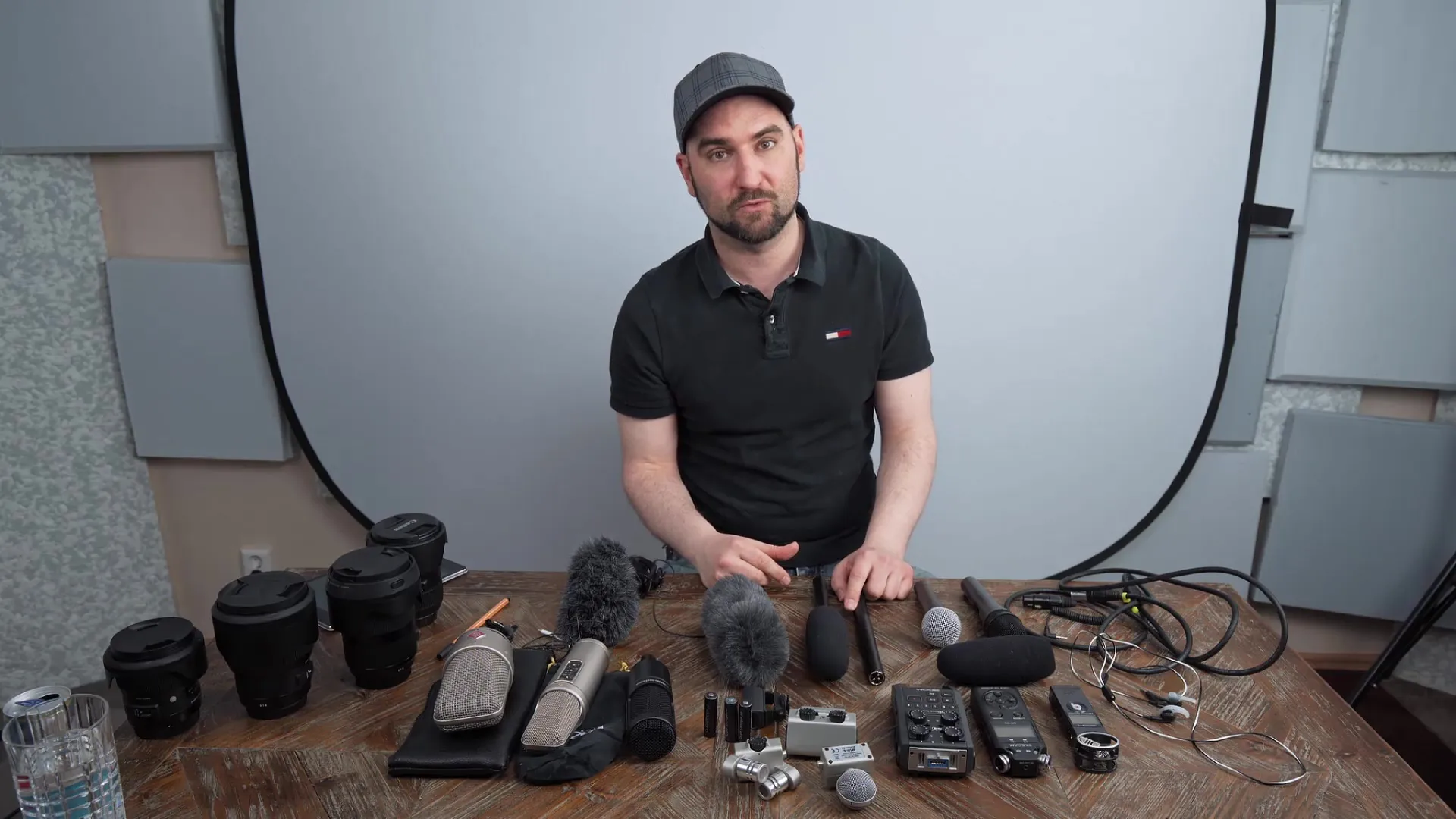
2. Use Headsets
Another simple option is to use your headset. Connect the headset to your camera to capture audio close to your mouth. This method improves sound quality because the microphone is positioned closer to the sound source.
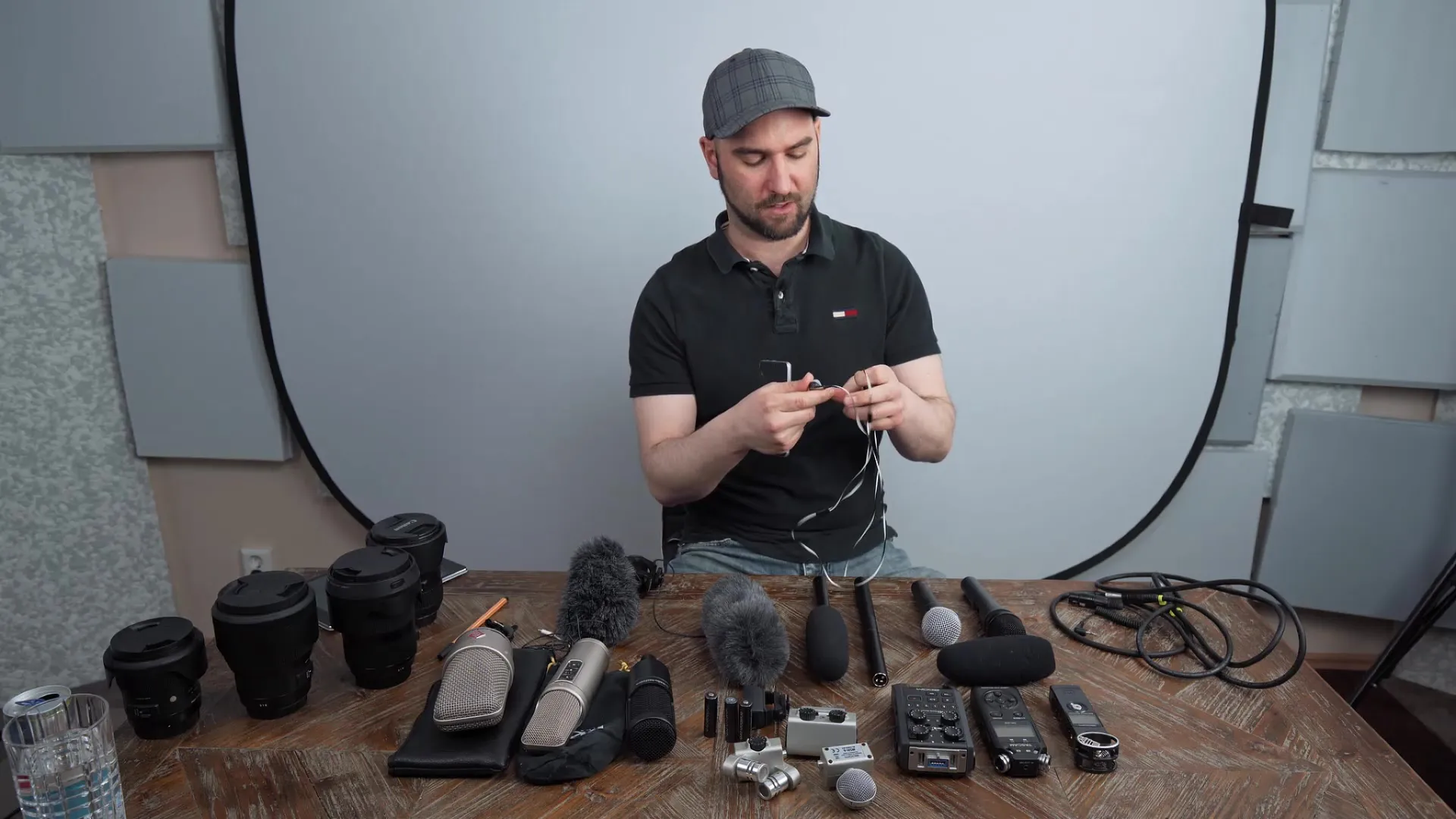
3. Use Lavalier Microphones
Lavalier microphones, also known as lapel microphones, are an excellent choice for interviews and presentations. A well-known model costs about 50 euros and can be plugged directly into your phone. They allow for discreet microphone placement and provide clear sound.
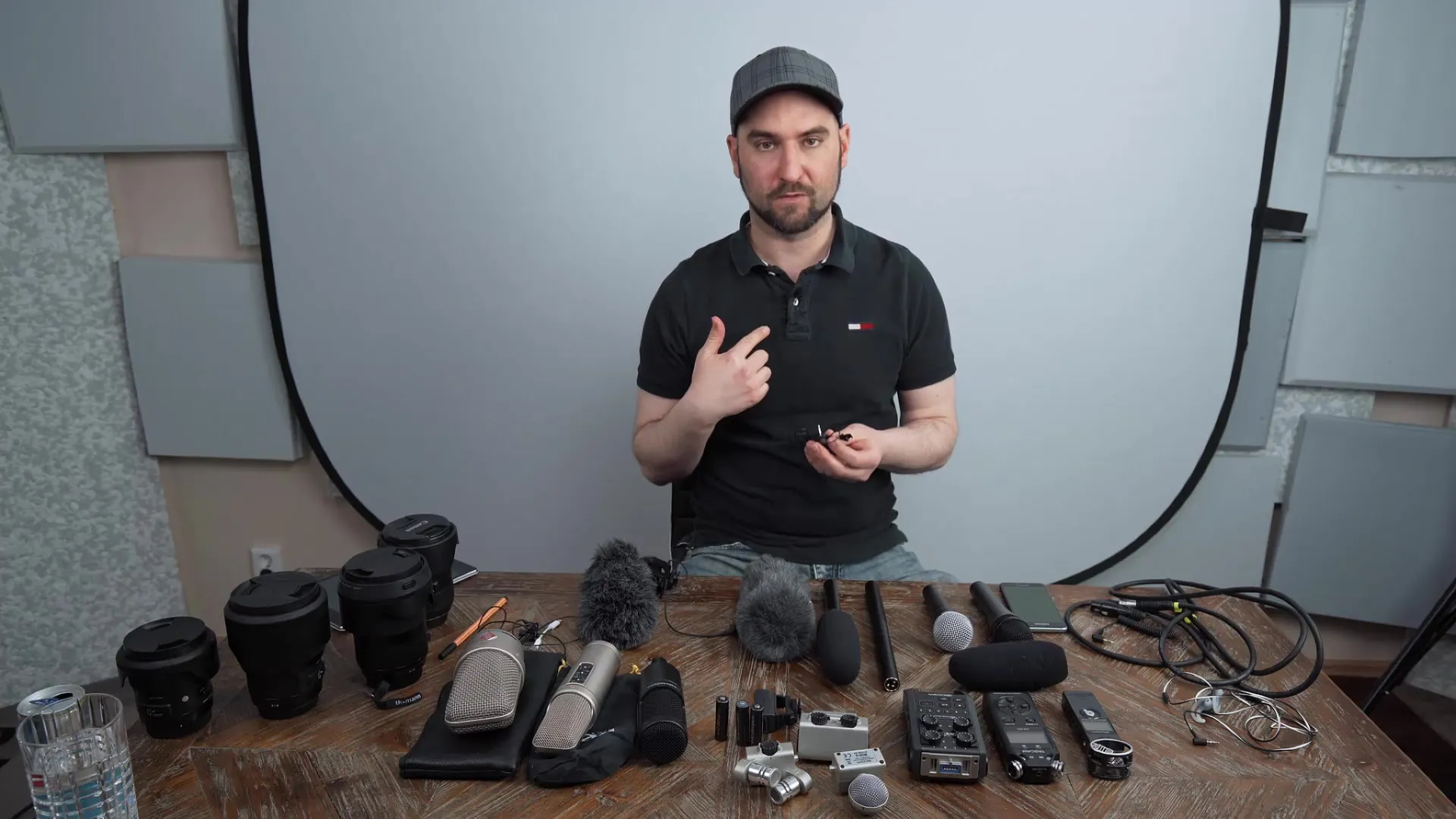
4. External Recording Devices
If your setup includes an external recording device, there are also ways to enhance the sound here. External recorders often offer better audio converters and allow for uncompressed recordings in high quality. These devices also enable recordings with lavalier microphones at a professionalquality.
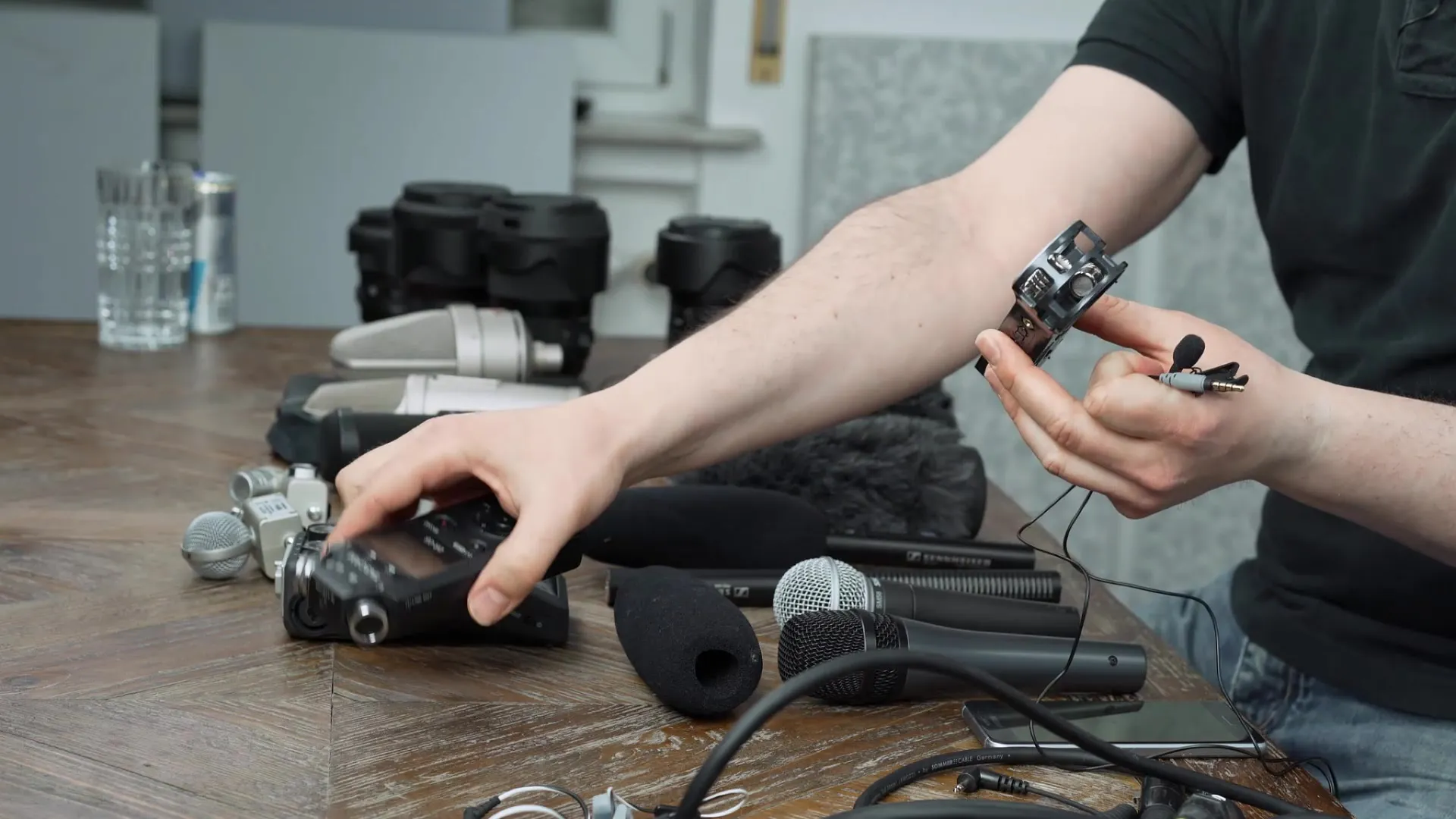
5. Use Directional Microphones
Directional microphones are ideal for specific recording situations where the focus is on a particular sound event. These microphones have a cardioid pattern, meaning they capture sound only from one direction. This is ideal in loud environments where you want to pick up only the voice of an interview partner or speaker.
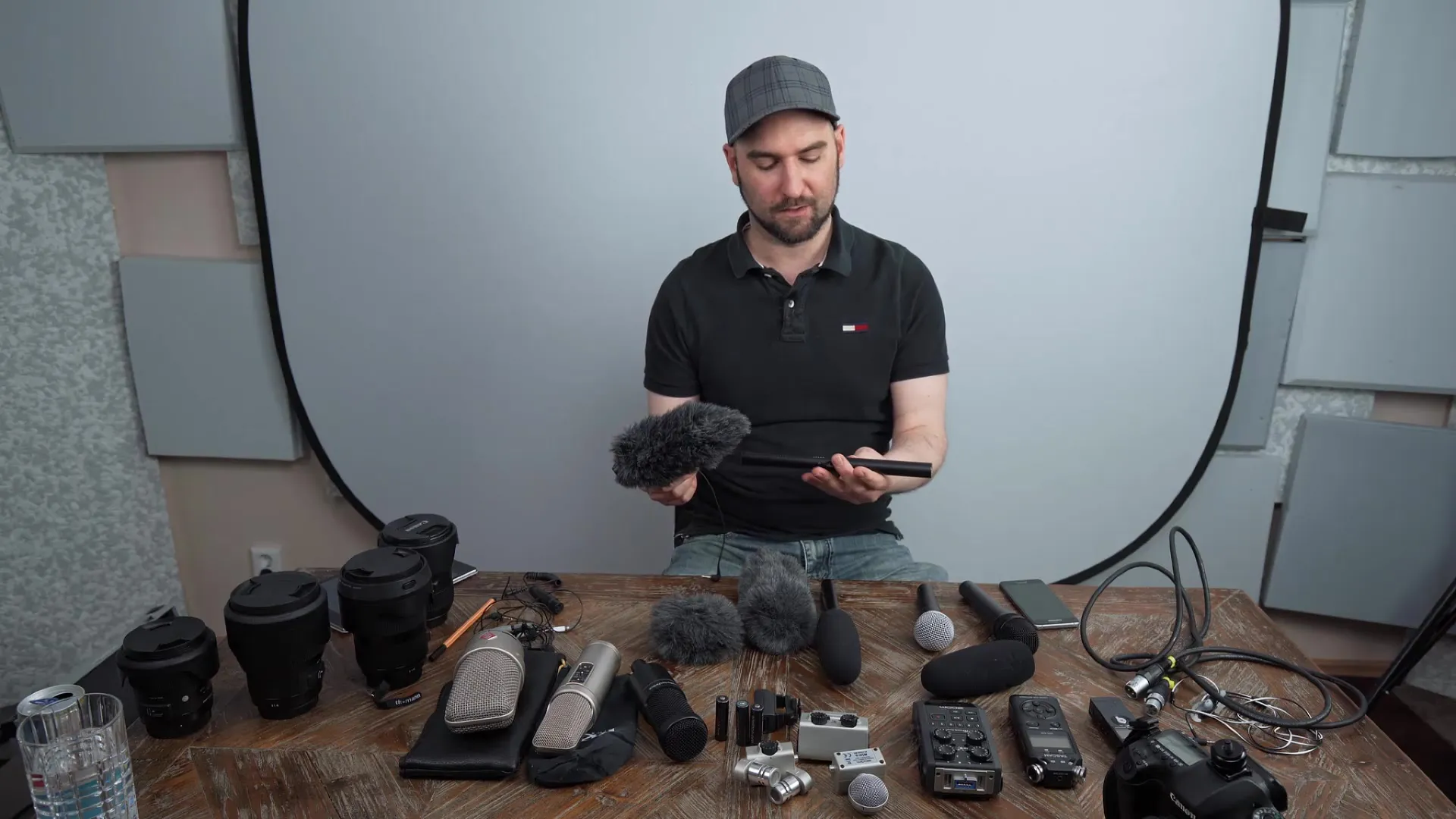
6. The Large Studio Microphone
For high-quality studio recordings, you need large diaphragm microphones. These microphones are very sensitive and deliver high-quality sound suitable for podcasts, interviews, and music productions. However, they require external power and an optimal recording room as they can also capture ambient noise.
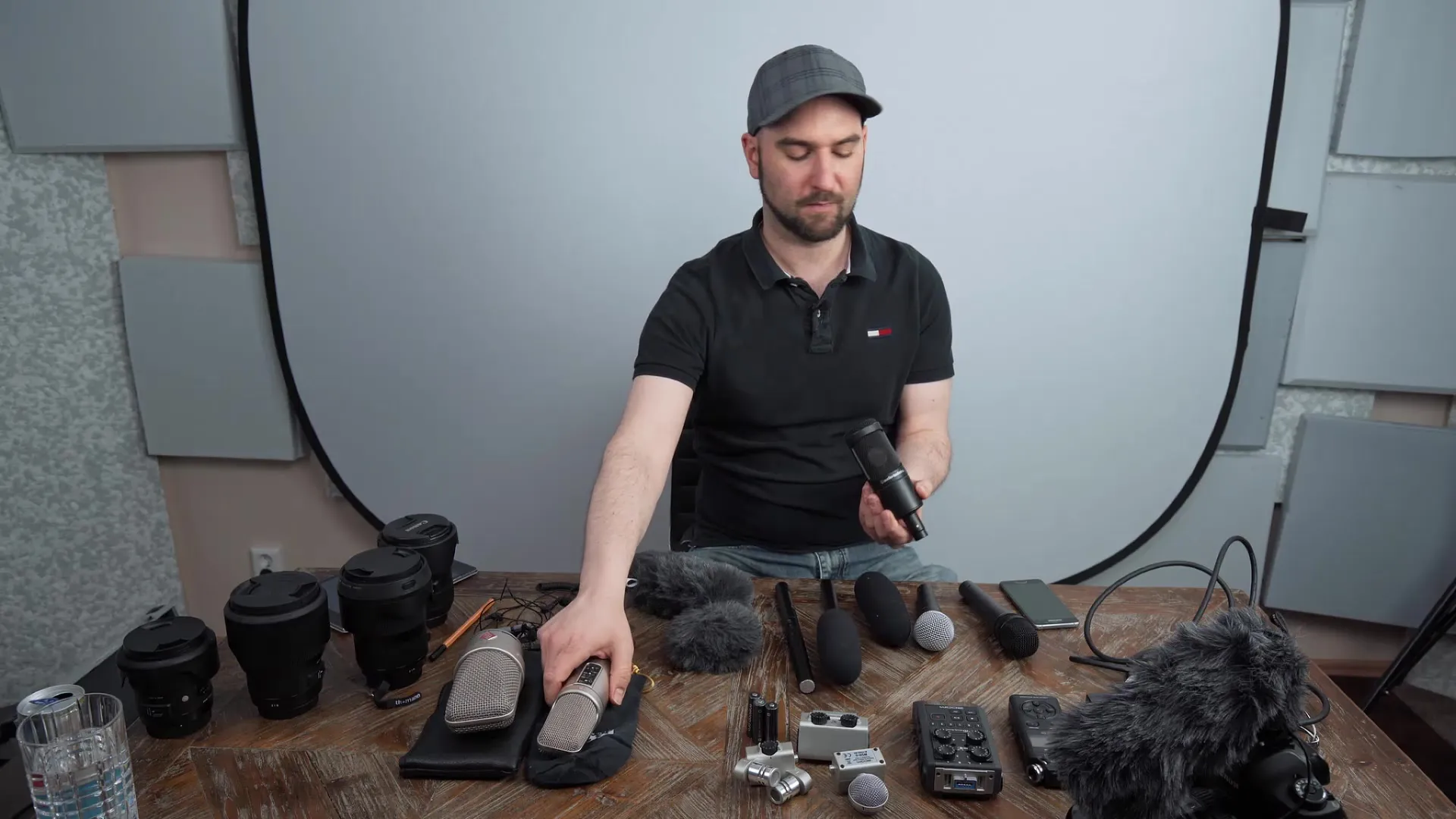
7. Windshields for Microphones
If you are recording in a windy environment, a windscreen (dead cat) is essential. It protects the microphone from wind noise and ensures that your recording remains clear.
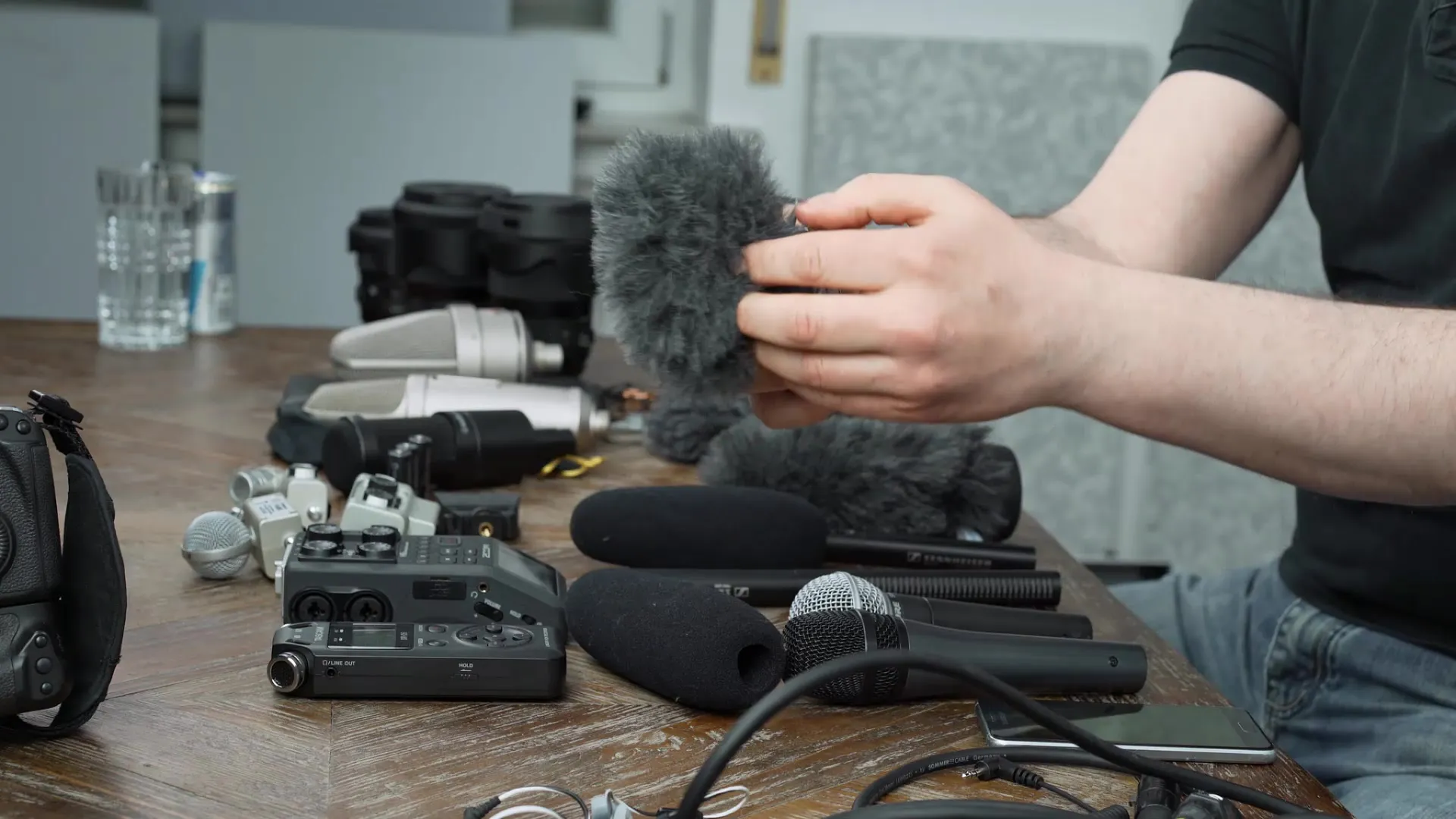
Summary - Microphone Types in Videography
In videography, choosing the right microphone is crucial. Whether you use your smartphone, a lavalier microphone, a directional microphone, or a large diaphragm microphone, each type has its advantages and is suitable for different applications. Pay attention to the environment in which you are recording and choose the appropriate microphone accordingly.
FAQ
How do I choose the right microphone for my project?The right microphone depends on the type of recording and the environment. Lavalier microphones are ideal for interviews, while directional microphones are better suited for loud environments.
Can I use my smartphone as a microphone?Yes, you can use your smartphone as a microphone, especially if you use an app that allows for high-quality recordings.
Do large diaphragm microphones require special power?Yes, large diaphragm microphones typically require external power.
Are windscreens for microphones important?Yes, windscreens are important when recording outdoors to minimize wind noise.
What is the difference between dynamic and condenser microphones?Dynamic microphones are less sensitive and do not require external power. Condenser microphones are more sensitive and offer higher sound quality, but often require an additional power source.
